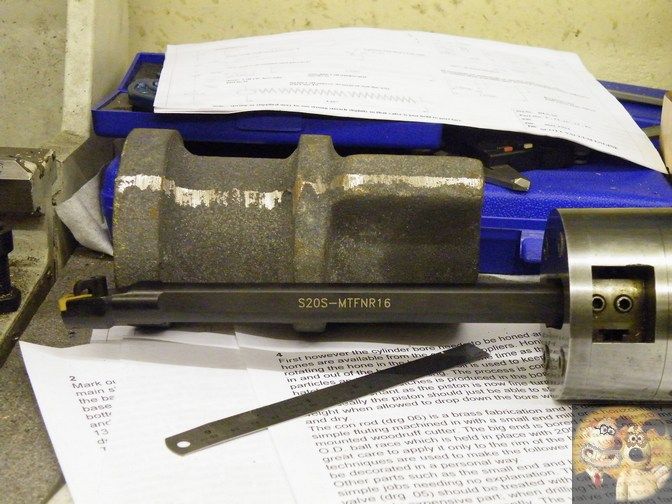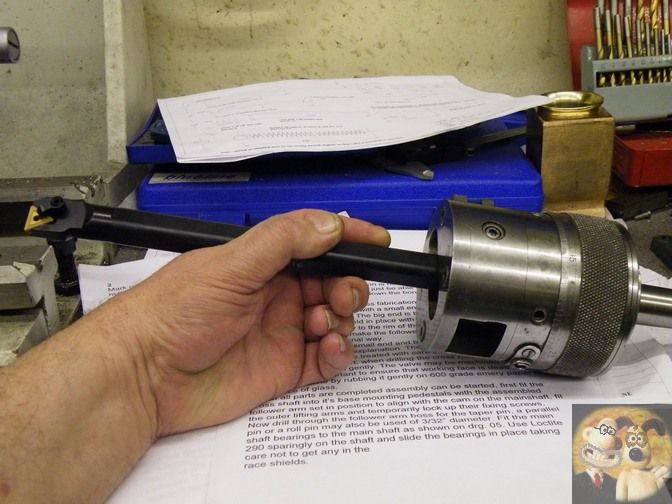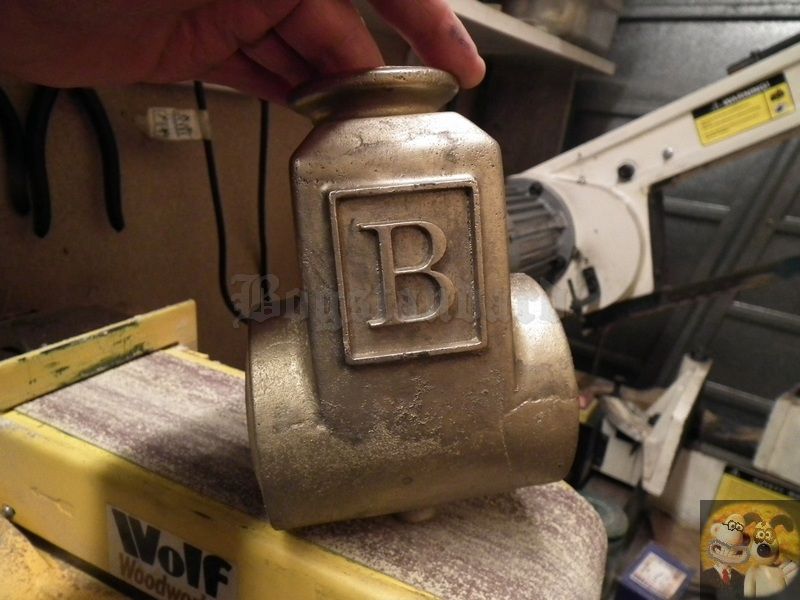Pray tell me Bruce,
How would you go about boring the cylinder on this little job?
It is no use quoting that you have never needed T-slots, most probably because what you have already done on your lathe are fiddly little jobs compared to this one.
It is when something out of the ordinary comes along that makes you think outside of the box, and ways to get around it.
For the cost of these mods, it isn't worth waiting around until a Sunday, when everywhere is closed, you try to get your machine prepared for all and sundry.
That is why, over the years, I have been doing all sorts of usually low cost mods to my machinery, it will allow me to either do my machining better, faster or more accurately, allowing me to carry out jobs on my machine that it wasn't supposed to be capable of doing in the first place.
The cylinder casting is over 8" long.
I am one of the lucky ones who has a right angle head for my mill, so can use items such as a long boring bar in a horizontal orientation, but it isn't an ideal situation because of boring bar deflection, even in this size.
Or how do I bore this complicated casting I had made to fit around the above cylinder? You can't just wack it into your 4 jaw and hope for the best, you would most probably end up with a big 'B' in the middle of your forehead.
Now that is where a T-slotted cross slide comes into it's own. If you have a bed long enough, boring between centres has been around for well over 100 years, maybe 200. A well tried and trusted method.
Buying any machine tool is a compromise, it will never have everything you want included in it's specs. So you have to look at ways of overcoming those limitations, and in both James' and my situation, a T-slotted top plate should solve the problem, if there are no further complications. That is why I have bought two different top plates for mine, to allow me to choose whichever one suits the job the best. Smaller t-slots in a thinner plate to hold fairly lightweight items or to overcome height problems, or a heavyweight plate for those muscle bound needs.
John


















































![DreamPlan Home Design and Landscaping Software Free for Windows [PC Download]](https://m.media-amazon.com/images/I/51kvZH2dVLL._SL500_.jpg)











